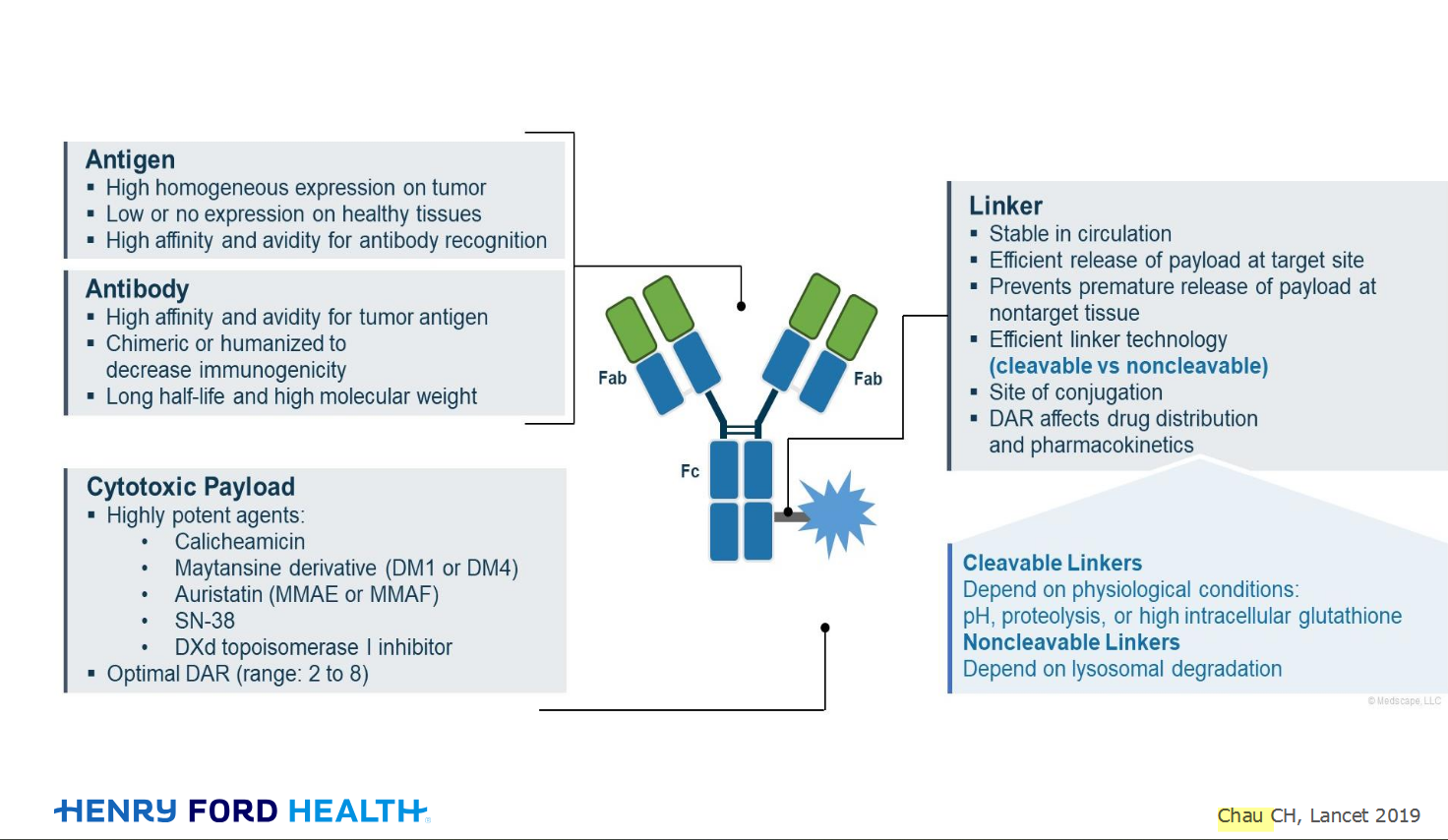Welcome!
Welcome to the new CancerGRACE.org! Explore our fresh look and improved features—take a quick tour to see what’s new.
For our 16th video in the GRACE Spanish Lung Cancer Library,  Dr. Brian Hunis, Medical Director, Head and Neck Cancer Program, Memorial Cancer Institute, Miami, Florida, joined GRACE to discuss the basics of Lung Cancer for Spanish-speaking patients and caregivers. In this video Dr. Hunis speaks about ALK rearrangements, what they are and who has them.
Dr. Brian Hunis, Medical Director, Head and Neck Cancer Program, Memorial Cancer Institute, Miami, Florida, joined GRACE to discuss the basics of Lung Cancer for Spanish-speaking patients and caregivers. In this video Dr. Hunis speaks about ALK rearrangements, what they are and who has them.
Reacomodos de la Cinasa de Linfoma Anaplásico (CLA): ¿Qué Son? Y ¿Qué Pacientes la Tienen?
El cancer de pulmón de células no pequeñas ha demostrado tener mutaciones genéticas que hacen que ese cancer se pueda desarrollar y crezca. Una de esas mutaciones presente en menos del 10% de los pacientes es la mutación o translocación del gen ALK.
Es mutación o translocación permite que una proteína oncogénica se desarrolle, con lo cual los pacientes están predispuestos a desarrollar cancer de pulmón de células no pequeñas.
Por lo general, esos son pacientes no fumadores, de sexo femenino o con una historia remota de consumo de tabaco de forma remota o muy limitada.
Rearrangements of the Anaplastic Kinase Lymphoma (ALK): What Are They? And, What Patients Have Them?
Non-small cell lung cancer has proved to have many mutations that make the cancer develop and grow. One of these mutations is in less than 10% of them and it’s the mutation or translocation of the ALK gene.
This mutation or translocation allows an oncogenic protein to develop, so these patients will be predisposed to develop non-small cell lung cancer.
In general, these are non-smokers, feminine patients or with a history of limited tobacco consumption.
Please feel free to offer comments and raise questions in our
discussion forums.
Dr. Singhi's reprise on appropriate treatment, "Right patient, right time, right team".
While Dr. Ryckman described radiation oncology as "the perfect blend of nerd skills and empathy".
I hope any...
My understanding of ADCs is very basic. I plan to study Dr. Rous’ discussion to broaden that understanding.

An antibody–drug conjugate (ADC) works a bit like a Trojan horse. It has three main components:
Bispecifics, or bispecific antibodies, are advanced immunotherapy drugs engineered to have two binding sites, allowing them to latch onto two different targets simultaneously, like a cancer cell and a T-cell, effectively...
The prefix “oligo–” means few. Oligometastatic (at diagnosis) Oligoprogression (during treatment)
There will be a discussion, “Studies in Oligometastatic NSCLC: Current Data and Definitions,” which will focus on what we...
Radiation therapy is primarily a localized treatment, meaning it precisely targets a specific tumor or area of the body, unlike systemic treatments (like chemotherapy) that affect the whole body.
The...

Welcome to the new CancerGRACE.org! Explore our fresh look and improved features—take a quick tour to see what’s new.
A Brief Tornado. I love the analogy Dr. Antonoff gave us to describe her presentation. I felt it earlier too and am looking forward to going back for deeper dive.